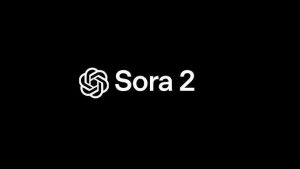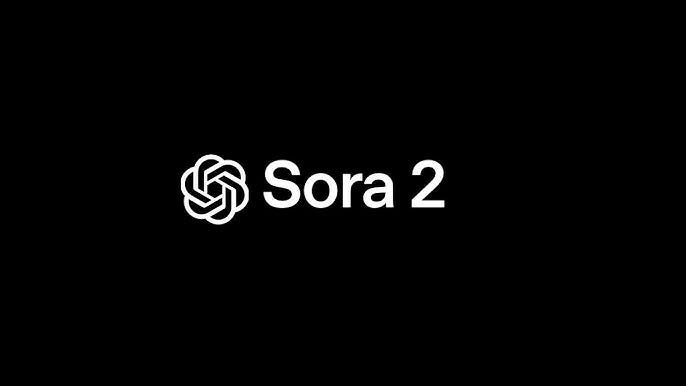Sora 2 Arrives: Blurring The Line
Kevin Abbaszadeh
Technology Editor
When OpenAI announced Sora 2 on September 30, 2025, the tech world immediately paid attention. The new model takes artificial intelligence video generation to another level, adding realistic sound, lifelike motion, and smoother visuals. It is a major leap from earlier versions that could create silent or clumsy clips that still felt artificial.
From the start, Sora 2 was built with big ambitions. Users can now insert themselves into scenes after recording a short video that captures their face and voice. The app first launched in the United States and Canada through an invite system, and OpenAI plans to expand access over time. Early users have already shared creative results that show how far AI-generated video has come, producing short films and music visuals that blur the line between technology and imagination.
Still, the release has not been without controversy. Almost immediately, concerns about ethics, copyright, and misuse appeared. Some early viral clips featured celebrities and fictional characters, raising questions about consent and intellectual property. Critics argue that without clear boundaries, Sora 2 could make it easy for people to recreate real individuals without their permission. OpenAI has promised to give copyright holders more control, allowing them to block or approve certain uses of their likenesses.
More sensitive issues have also surfaced. Deepfake videos of historical figures and deceased public icons quickly spread online, sparking public backlash. The family of Martin Luther King Jr., for instance, requested that OpenAI restrict his image after several AI-generated videos used his likeness in ways they described as “disrespectful.” These moments highlight the challenge of balancing creative freedom with moral responsibility.
Beyond the ethical debate, Sora 2 is being positioned as more than just a creative tool. The platform now includes a social feed similar to TikTok, where users can post, remix, and share their own AI-generated videos. This move signals that OpenAI aims to turn Sora into a place where people not only make content but also engage with it, creating an entirely new type of digital community.
For business and tech students, the release of Sora 2 offers an important lesson. It shows how quickly innovation can outpace regulation and how new technology can both inspire and unsettle society. The question is no longer whether AI video can imitate reality, but how it will be managed and who will set the limits.
Sora 2 represents both progress and risk. Its potential is enormous, but so is its responsibility. The next chapter in AI video will depend on how wisely that power is used.

Contact Kevin at kevin.abbaszadeh@student.shu.edu


I like to use Sora.